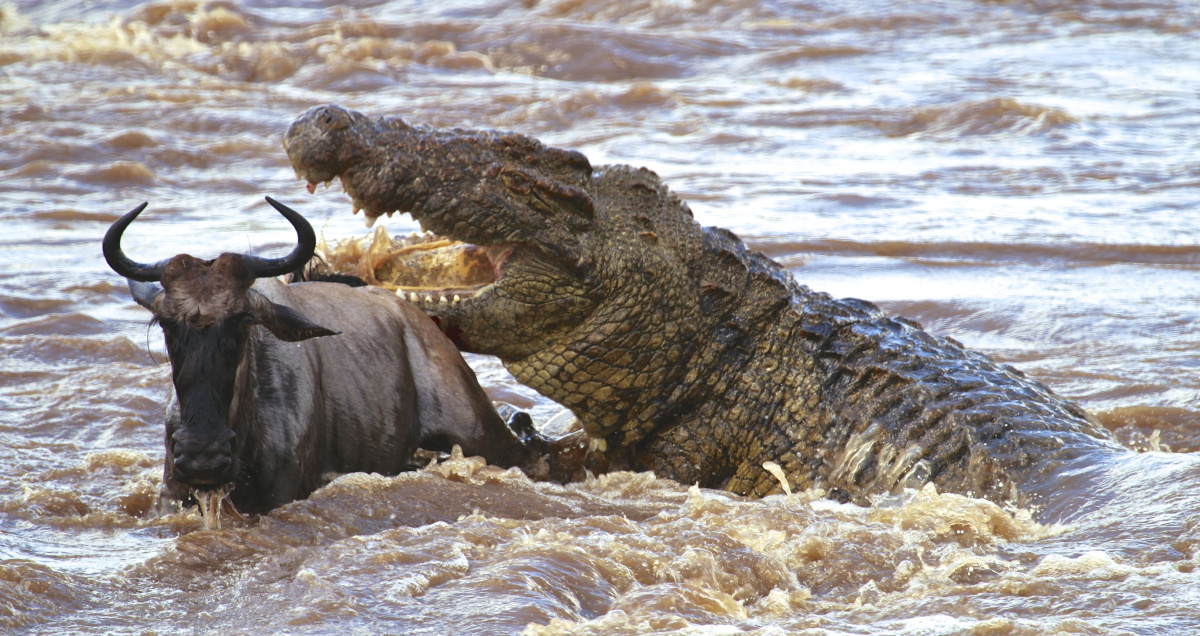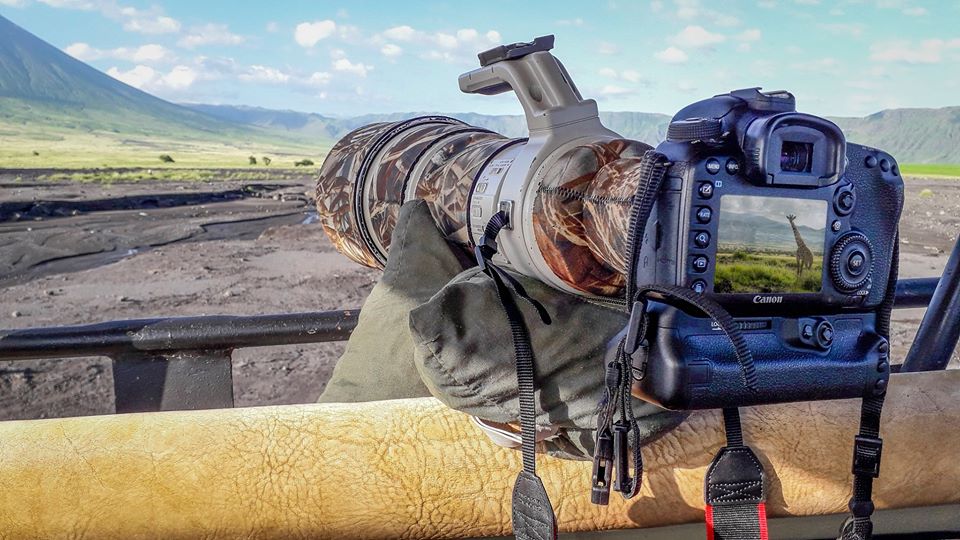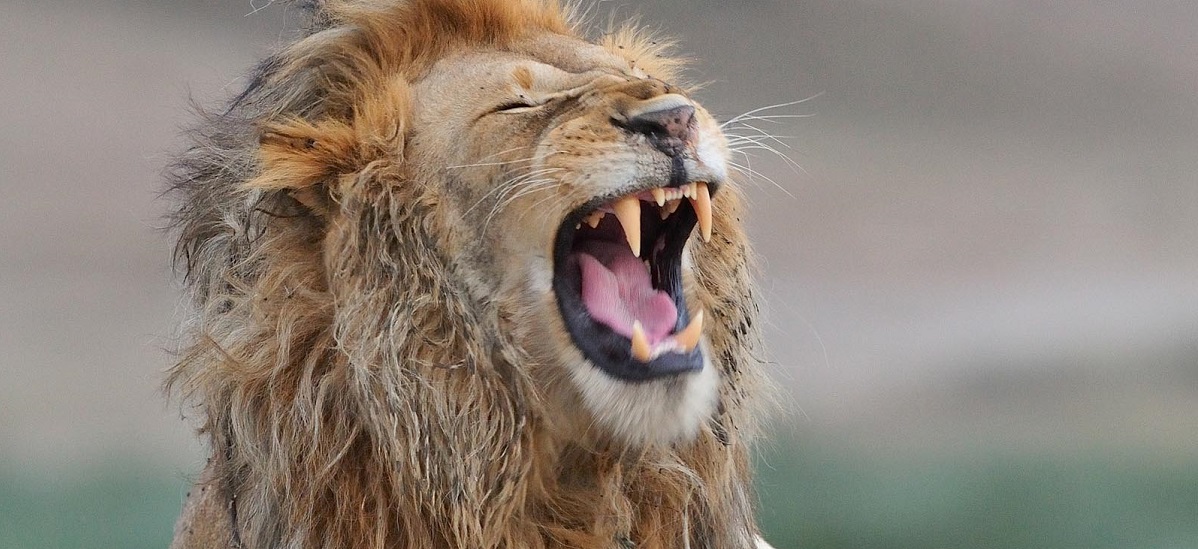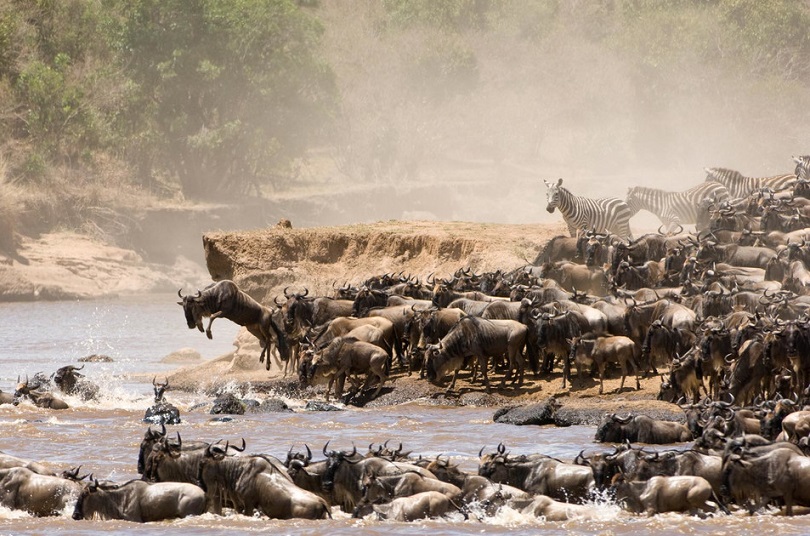What is the price for safari in Tanzania?
How much does a safari in Tanzania cost? A Comprehensive Guide
One of the most common questions we receive at Calabash Adventures is: “How much does a safari in Tanzania cost?” The answer depends on several factors, including the time of year, type of accommodation, whether it’s a private or group safari, and whether flights are part of the itinerary.
To help you plan, we’ve created this guide with ballpark figures and tips to make an informed decision.
Safari Price Ranges in Tanzania
Safari prices can vary widely depending on your choices:
- Budget-Friendly Safaris: From $200 to $475 per person per day.
- Mid-Range Private Safaris: Between $400 and $950 per person per day.
- Luxury Safaris: Starting at $850 and going up to $1,500+ per person per day for high-end lodges or exclusive camps.
Prices typically include transport, guiding, park fees, accommodation, meals, and beverages. They exclude international flights and optional extras like hot-air balloon rides or walking safaris.
Factors Affecting Safari Costs
- Time of Year
- Green Season (April-May, November-December): This is the rainy season, with lower prices and fewer crowds. Many lodges in Southern Tanzania close during this period.
- Shoulder Season (June, October): Moderate pricing and excellent wildlife viewing opportunities.
- Peak Season (July-September): The dry season attracts animals to water sources, making it easier to spot wildlife. Prices are at their highest, and parks can be crowded.
- Accommodation Type
- Budget Options: Basic campsites or budget lodges.
- Mid-Range Lodges: Comfortable accommodations with essential amenities.
- Luxury Camps: Exclusive lodges with gourmet dining, plunge pools, and personalized service.
- Style of Safari
- Group Safari: Ideal for solo travelers or those on a budget. You’ll share the experience with others.
- Private Safari: Customized itineraries for your party. Costs are shared, making this a great option for families or groups of friends.
- Flying Safari: Perfect for reaching remote locations quickly, but it increases the overall cost.
Seasonal Highlights for Tanzania Safaris
- Wildebeest Migration:
Witnessing the Great Migration is a bucket-list experience. From December to July, the herds are in Tanzania, with river crossings at the Mara River occurring from July to September. However, seeing a river crossing requires patience, luck, and a skilled guide. - Green Season:
Lush landscapes, blooming flowers, and abundant birdlife make this a photographer’s paradise. While spotting wildlife can be trickier due to tall grasses, the green backdrop provides stunning visuals. - Peak Season:
The dry landscape concentrates animals around water sources, offering unmatched wildlife viewing. However, prepare for busier parks and higher costs.
Ways to Save on Your Tanzania Safari
- Travel Off-Peak: Opt for the Green or Shoulder Season for lower rates.
- Stay Longer: Many lodges offer discounts for extended stays.
- Group Travel: Sharing costs with friends or joining a group safari reduces per-person expenses.
- Book Early: Early bookings can unlock special offers or discounts.
Optional Add-Ons to Consider
Enhance your safari with unforgettable experiences:
- Hot-Air Balloon Safaris over the Serengeti.
- Walking Safaris for a more intimate encounter with nature.
- Night Drives to see nocturnal wildlife.
- Cultural Experiences, including Maasai village visits or bushmen interactions.
- Chimpanzee Trekking in Western Tanzania.
Budgeting Tips for Your Safari
In addition to the safari itself, factor in these additional costs:
- Tips for Guides and Staff: Approx. $10–$15 per person per day.
- Travel Insurance: Essential for peace of mind.
- Souvenirs: Handmade crafts and artwork are popular.
Is Luxury Worth It?
While high-end accommodations offer lavish comfort, we believe your safari’s true value lies in the wildlife experience. If luxury is important, consider combining your safari with a relaxing beach escape in Zanzibar or Pemba.
Start Planning Your Dream Safari
Your safari should reflect your unique interests, budget, and preferences. At Calabash Adventures, we tailor every safari to your needs, ensuring a memorable experience.
Let us help you create the perfect itinerary—contact us today for a personalized, no-obligation quote.













